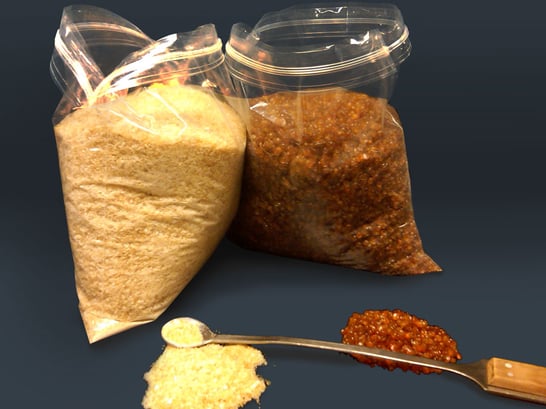Have you ever heard the old saying "Take the horse to the glue factory"?
If you're here, you've probably heard that saying and wondered what horses have to do with glue. Here's where that quote originates from, as well as more about what raw materials are really used to manufacture glues.
Do you use horses and other animals to manufacture your glues? Is glue really made from horses?
We've gotten these questions many times, and understandably so. Because our glue used to be called "animal glue," some people assume it is made with animals—more specifically, horses.
The (icky) old saying "take the horse to the glue factory" originates from the 18th and 19th centuries, when ranchers would dispose of animals (horses) to factories that manufactured glue. This was long before LD Davis was in the glue business, and the products we make today—while still referred to as animal glue—are not made with horses.
In fact, no animals have ever been brought into our North Carolina manufacturing plant for glue production.
What Is ANIMAL Hide Glue?
Decades ago, dehydrated hide glue was the main raw material in our animal glue formulas, now referred to as gelatin glue.
 Historically, hide glue was known as and referred to as animal glue. This type of dry granular glue, which is mixed with hot water for application, has existed since ancient times.
Historically, hide glue was known as and referred to as animal glue. This type of dry granular glue, which is mixed with hot water for application, has existed since ancient times.
The first known written procedures for making hide glue were written about 2000 BC. Between 1500 and 1000 BC, it was used for wood furnishings and mural paintings, and it is even found on the caskets of Egyptian Pharaohs.
To be clear, no animal parts are in our hide glue. As the name suggests, the hides are soaked in a solution to extract the collagen (similar to bone broth today). That collagen "slurry” floats to the top, is removed, dried, and ground up into the crystals you see above.
Hide glue still has a number of uses today. It is most commonly used in woodworking applications, as it has a number of reversibility advantages for hand work.
How Is Our Animal Glue Manufactured Now?
Many of the glues we manufacture now, referred to as gelatin glue, are made with recycled pharmaceutical gelatin. Gelatin is a protein derived from collagen protein. That is why you will sometimes hear us refer to our gelatin-based glues as protein glues.
Why You Should Be Using Protein Glue
Gelatin is used in many items we consume every day. Here are just a few:
- Vitamin capsules
- Skin care products
- Cosmetics
- Shampoo
- Photographic film
- Jell-o, marshmallows, candy corn (and a number of candies)
- Cheesecake
- Some wines
Our team has long-standing partnerships with some of the world's largest pharmaceutical gelatin users. We have helped them find a use for a gelatin "waste" that they can no longer use in their manufacturing process.
Of course, gelatin is not the only raw material in our natural gelatin-based glues. They are formulated with several additional raw materials, including water, glycerin, Epsom salt, and corn sugar. These eco-friendly glues are a favorite among luxury packaging manufacturers, book manufacturers, rigid box makers, and more.
So, if you're wondering if anyone is taking their horse to the glue factory, you can rest assured they are certainly not bringing it to LD Davis. This is an old saying that, no pun intended, just stuck around in the industry.
If you'd like to learn more about our gelatin glues or our manufacturing process, feel free to contact our technical team!







